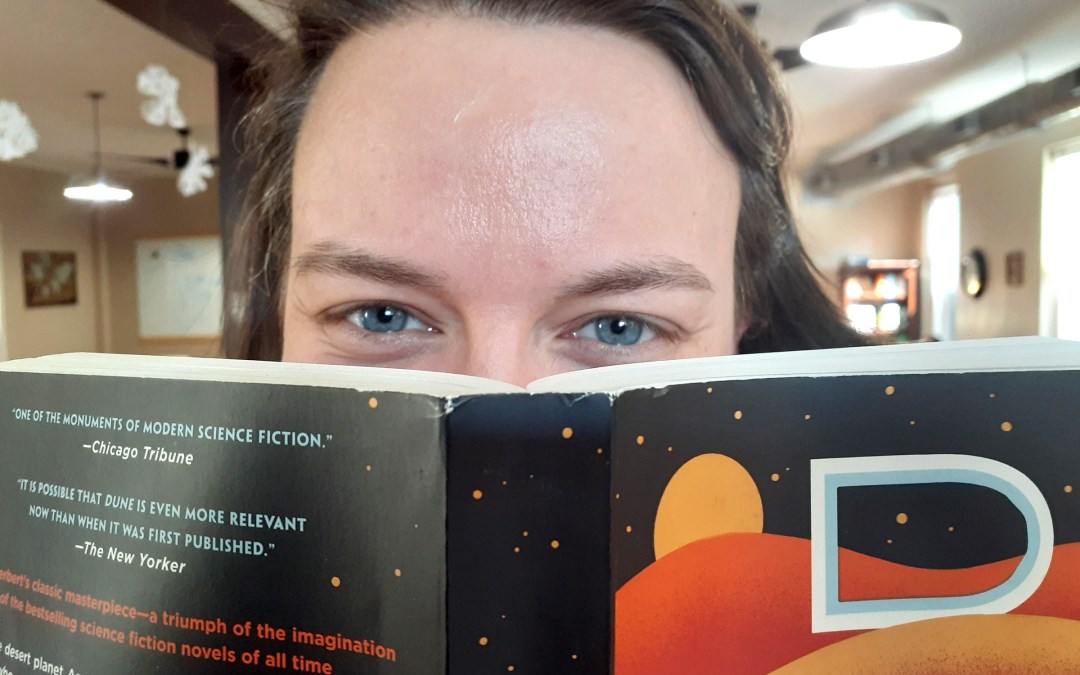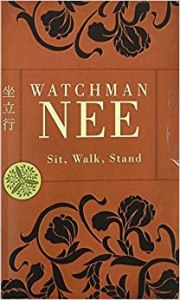Our students read and discussed ten books in the first quarter of the program. The books fell into three categories, mirroring the three pillars of the program - spiritual development, creative writing, and professional development.
If you’re curious about the theology and philosophy of the School of Kingdom Writers, this reading list is a good place to start. Note, however, that our reading includes good examples as well as bad, both of which are valuable teaching tools. We don’t necessarily wholesale endorse all of the books, but instead find each one to be a profitable tool for teaching.
Spiritual Development
Our selection of spiritual development books is designed to help our writers develop an intimate, personal, reliant, and expectant relationship with the real living God. We believe that Jesus wants to meet with us individually, that His Holy Spirit is active in the present age, and that our own striving is worthless His guidance.
Sit, Walk, Stand by Watchman Nee
We began the school year by reading Sit, Walk, Stand by Watchman Nee. The book focuses on three principles from the book of Ephesians that are essential to understanding daily life as a Christian. The first is to sit in Christ’s presence, learning dependence on Christ’s accomplished work at the cross. This leads us to walk as faithful representatives of Christ, which we can do easily if we continue to sit in His presence. Finally, we stand to fight the enemy from a position of victory.
We don’t want our writers to waste time striving on their own strength and failing to reach the abundant life that God has for them. Nee’s instruction builds a foundational knowledge that everything in this life, from learning to be an author to starting a ministry, begins from a position of being seated with Christ.
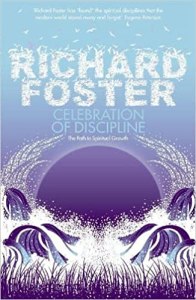
Celebration of Discipline by Richard Foster
Living a life of devotion to God requires that we spend time diving deeply into our thought patterns, habits, and practices in order to align them with Biblical principles. Giants of the Christian faith have practiced “spiritual disciplines” regularly in order to live in closer friendship with God. In the classic book, Celebration of Discipline, Richard Foster compiles teaching and practical applications for spiritual disciplines such as meditation, solitude, confession, and celebration.
Incorporating spiritual disciplines early in the school year has helped our students add depth to their daily devotions with God. Through Foster’s practical tips, students are trying new practices like meditation and fasting. They are learning how living a life of celebration. Devotion to Jesus stirs up a desire to spend even more time in His presence.
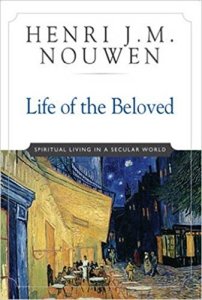
Life of the Beloved by Henri Nouwen
In Life of the Beloved, Henri Nouwen shares his desire to see individuals settle deeply into the identity of being the Beloved Child of God. Nouwen wrote the book for an unbelieving friend using personal examples from his own life. Readers participate in the journey as Nouwen speaks to humanity’s desire to be known fully, and yet still be chosen by God.
Our students examined this book through multiple lenses, both personally as believers, and as writers studying Nouwen’s techniques. Their goal was to determine whether Nouwen accomplished his set purpose of explaining the spiritual life in a way non-Christians could understand. Ultimately, students left with a clearer understanding of their position as children of God as well as knowledge about how to communicate important messages to non-believers.
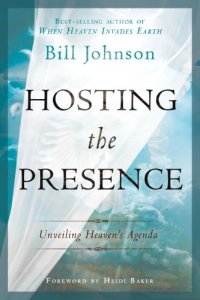
Hosting the Presence by Bill Johnson
In Hosting the Presence, Bill Johnson shares scriptures, stories, and encouragement for believers, inspiring them to pursue the Presence of God. Johnson covers topics such as how to hear and respond to God’s Presence, how the Holy Spirit interacts with believers, and how spiritual leaders and revival movements were created and forever changed by the power of the Presence.
This book challenged our writers to desire a more intimate connection with the Holy Spirit at all costs. Hosting the Presence of God in greater measure is an honor that is only given to those who ask, seek, and open themselves up to more of His power. We want our writers to be welcoming hosts for the Holy Spirit, and books like Johnson’s inspire all of us to seek deeper levels of intimacy with the Spirit in our daily lives.
Creative Writing
The foundation of our student’s journey as writers is good storytelling. We expose them to both modern and classic masters of the craft.
Note that we don’t typically read Christian books. In order to pull the Christian publishing industry to the next level, we encourage our students to learn from secular masters and incorporate the most successful practices into Christian writing.
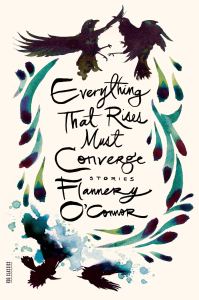
Everything That Rises Must Converge by Flannery O’Connor
We began the school year studying a master of the short story craft, with three classic Flannery O’Connor’s short stories, A Good Man Is Hard to Find, Everything That Rises Must Converge, and Greenleaf. The stories examine characters in the midst of their everyday lives before tragedy unexpectedly strikes.
As a devout Catholic, O’Connor weaves religious themes into her stories which encourage deeper discussions about faith. We studied how O’Connor successfully accomplishes this by evaluating her use of narration, ambiguity, and metaphor. Despite the tragic nature of the stories, the students all gained an appreciation of O’Connor’s technique and ability to engage readers through storytelling.
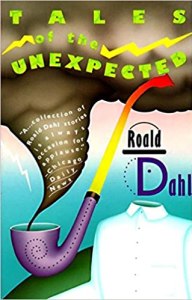
Tales of the Unexpected by Roald Dahl
You may be familiar with Roald Dahl thanks to Charlie and the Chocolate Factory and James and the Giant Peach. Few are aware of his often dark short stories written for adult audiences.
In Roald Dahl’s short story compilation, Tales of the Unexpected, we read “Skin” and “Taste.” In both stories, Dahl paints detailed scenes with his words as he explores characters, places, and emotions in original ways.
Together, we observed how the reader’s perception of time and understanding of the action is controlled through skillful narration and descriptive language. In addition to learning valuable lessons, we enjoyed Dahl’s delightfully bizarre stories with unpredictable characters and story arcs.
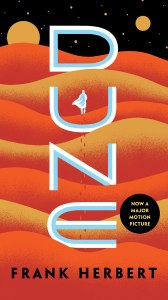
Dune by Frank Herbert
In October, we switched from short stories to epic science fiction. Dune, written by Frank Herbert, follows the life of Paul Atreides on the desert planet of Arrakis as he transforms from a noble-born teen to a planet’s savior. The book launched the genre into new popularity and redrew the boundaries for science fiction authors.
Herbert crafts complete civilizations with ecology, religion, politics, and culture, throwing readers into the deep end of a brand new world from page one. We studied how the descriptions, action sequencing, and omniscient narration added to the reader’s understanding of the planet. We spent time discussing whether using fictional religion and prophecy helps or hinders the advancement of the Kingdom. We capped off the book with a field trip to watch the newly released movie starring Timothée Chalamet in theater.

The Fault in Our Stars by John Greene
In November, we studied character development while reading The Fault in Our Stars by John Greene. The story focuses on the life of Hazel Grace, a teen battling cancer while exploring the complexities of first love.
Our students studied how Greene generates empathy in the reader. As readers spend time with Hazel Grace, see her vulnerabilities, and watch her face injustice, readers feel a close connection and empathy for her character. The students also explored the concept of writing about the “unknowable other” through revealing behind-the-scenes experiences in a subculture, such as children with cancer.
This is not a Christian book, but John Greene successfully weaves ideas of faith and philosophy into the narrative. We explored how students can take a similar approach to put forth Kingdom perspectives.
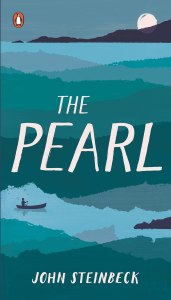
The Pearl by John Steinbeck
In preparation for writing their own novella, students read The Pearl by John Steinbeck. The story is about an impoverished diver named Kino who finds a valuable pearl. He becomes consumed with creating a reality where money from selling the pearl will change his family’s future.
We studied Steinbeck’s evocative setting descriptions and careful scene selection. He uses both to alternately quicken the pace or elongate the reader’s journey through various parts of the story. Steinbeck reveals the main character’s changing emotional state through narration, motifs, foreshadowing, and editorializing.
What mechanisms allow a reader to be surprised by an ending they always knew was coming?
Professional Development
Professional development is not at the forefront of our program through the beginning of the first year. It will become more dominant as the program continues, but our first objective is to instill a healthy spiritual walk and masterful storytelling techniques into our writers. Nonetheless, we did lay a foundation for one of the most important aspects of successful business development: communication.
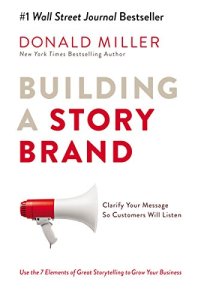
Building a StoryBrand by Donald Miller
Throughout the first quarter, our writers took a measured journey through Building a Storybrand by Donald Miller. Focusing on seven universal elements of stories, Miller interprets a business’s relationship with their customers through the lens of being a guide on the hero’s journey.
The basic principles explained in the book have informed much of our students’ understanding of business marketing and copywriting. The practical applications of this book are far reaching. Students have used the concepts to create their own brand and copy on their author websites, as well as to work with a real-life local business to rewrite their website content.
These ten books will shape our students in multiple ways. While we’ve separated them into the pillars of our curriculum, many of the books serve multiple purposes and fulfill multiple elements of our curriculum.
It’s been a joy to work with these developing writers. These books were enjoyable, provocative, and challenging. It’s amazing to see Jesus at work in this program!
Are you an aspiring novelist? Know someone who is? Learn more about our full-time program here.
Leanna Hampton contributed to this blog post. Check out her website at www.LeannaHampton.com and subscribe to her mailing list.
*This blog post includes affiliate links.




